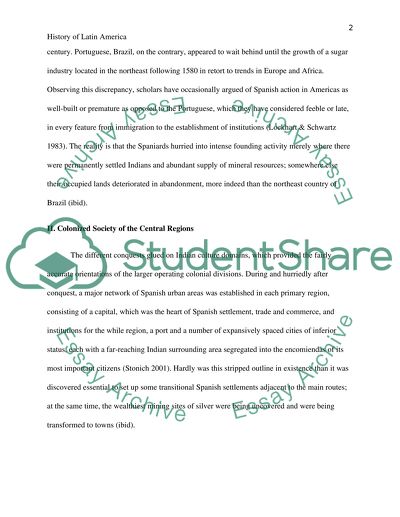Cite this document
(“Latin America: A Concise Interpretive History Essay - 1”, n.d.)
Latin America: A Concise Interpretive History Essay - 1. Retrieved from https://studentshare.org/miscellaneous/1549906-latin-america-a-concise-interpretive-history
Latin America: A Concise Interpretive History Essay - 1. Retrieved from https://studentshare.org/miscellaneous/1549906-latin-america-a-concise-interpretive-history
(Latin America: A Concise Interpretive History Essay - 1)
Latin America: A Concise Interpretive History Essay - 1. https://studentshare.org/miscellaneous/1549906-latin-america-a-concise-interpretive-history.
Latin America: A Concise Interpretive History Essay - 1. https://studentshare.org/miscellaneous/1549906-latin-america-a-concise-interpretive-history.
“Latin America: A Concise Interpretive History Essay - 1”, n.d. https://studentshare.org/miscellaneous/1549906-latin-america-a-concise-interpretive-history.


